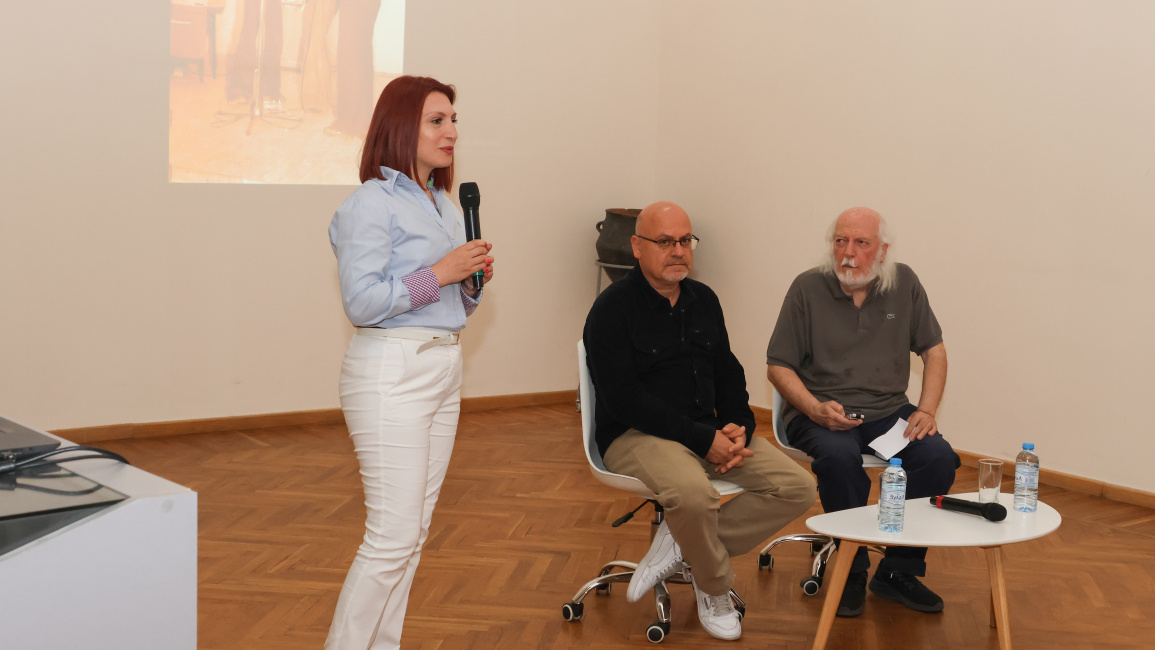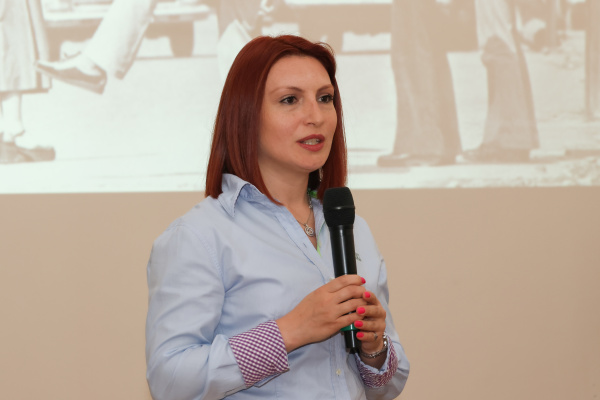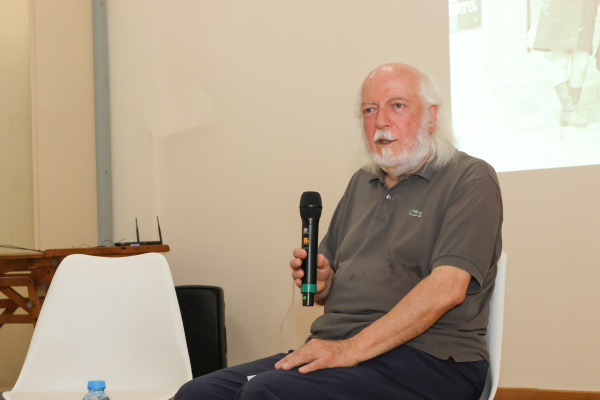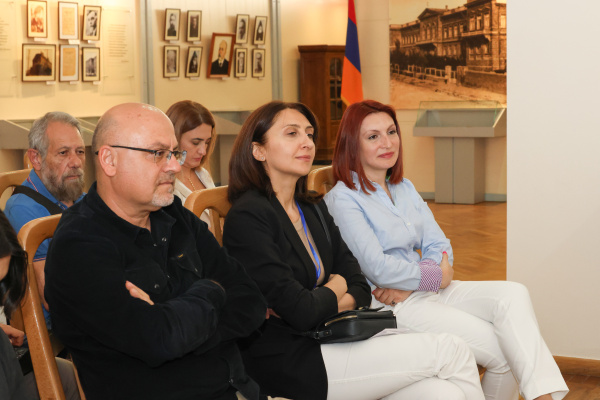October 01, 2024 | 11:12
Society
Events
Policy
Lecture on youth movements in post-Soviet Armenia
A lecture titled "Yerevan in the 1970s: Stylistic Reflections and Daily Life" was held at the YSU History Museum named after Professor Ludwig Gharibjanyan. Associate Professor Levon Abrahamyan, an ethnographer and cultural anthropologist from the Chair of Archeology and Ethnography, discussed key episodes of the youth and nationalist movements in the 1960s and 70s. He also talked about the styles, preferred clothing, and musical tastes of young people during that era.

Tatevik Saroyan, Director of the YSU History Museum, emphasized the vital role played by students of the late Soviet period in shaping the liberal mindset and independence of the Armenian people today.

"In the 1960s and 1970s, significant movements took place in Armenia. The Soviet totalitarian system began to adopt a more liberal stance regarding political and governance matters, leading to gradual changes in people's daily lives. Yerevan became the focal point of these transformations, where the youth underwent rapid changes," stated Tatevik Saroyan.
Ethnographer Levon Abrahamyan, in the preface to the lecture, discussed the rapidly developing student and nationalist movements around the world in the 1960s. He noted that the hippie movement emerged in the USA during this time.
"The hippie movement was seen as a symbol of freedom. They had long hair, listened to rock music, and wore jeans in the USA because they were the cheapest clothing available," said Levon Abrahamyan.
Speaking about the youth movements that emerged in Armenia in the 1970s, the speaker noted that the hippie movement reached Armenia in the early part of the decade.

"The main commonality of the hippie movements in both countries was their love for rock music. In Armenia, hippies saw themselves as a distinct social group and opposed those who listened to rabiz music. Unlike hippies in the USA, they didn’t wear jeans in Armenia because they were rarely available, and even when they were, they were quite expensive," he explained.
During the lecture, the important role of hippies in the formation of intellectual anti-Sovietism was emphasized. By bringing courtyard conversations into the public sphere, they began discussing ideas related to the development of various branches of art.
Levon Abrahamyan also spoke about hipsters who wore foreign-style clothing, which was unprecedented in Soviet Armenia. He discussed the groups that resisted these emerging movements, noting that young people striving for progress often had to overcome significant opposition through serious struggle.
The speaker also referred to the nationalist movements that began in Armenia during that period, highlighting the first march to the Armenian Genocide Memorial in 1965. As for the formation of musical taste, he noted that the first Yerevan jazz festival took place in 1968, which has since become an annual event.

At the end of the lecture, an active discussion took place, allowing participants to ask the speaker questions of interest.
The lecture was organized through the joint efforts of the Friedrich Naumann Foundation for Freedom and Yerevan State University, as part of the "Role of Students in Liberal Culture of Post-Soviet Armenia" project.

